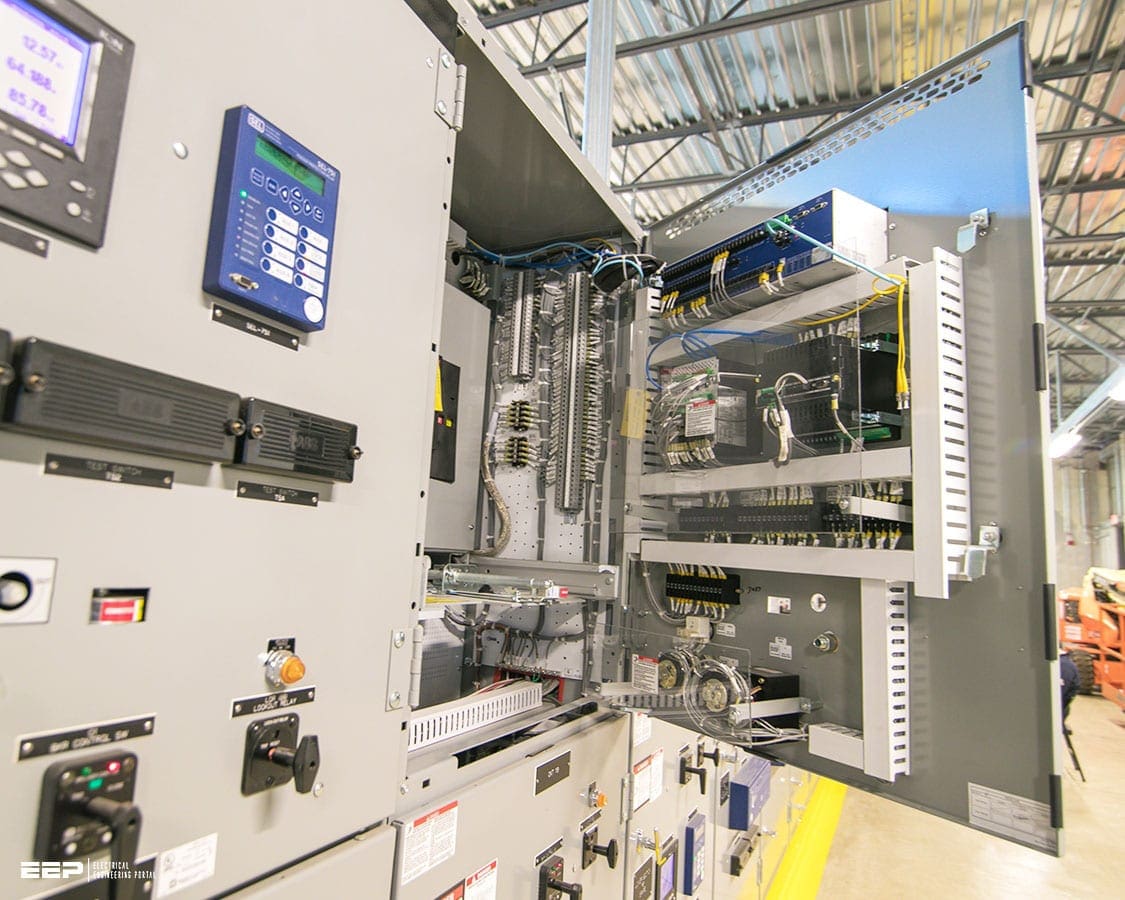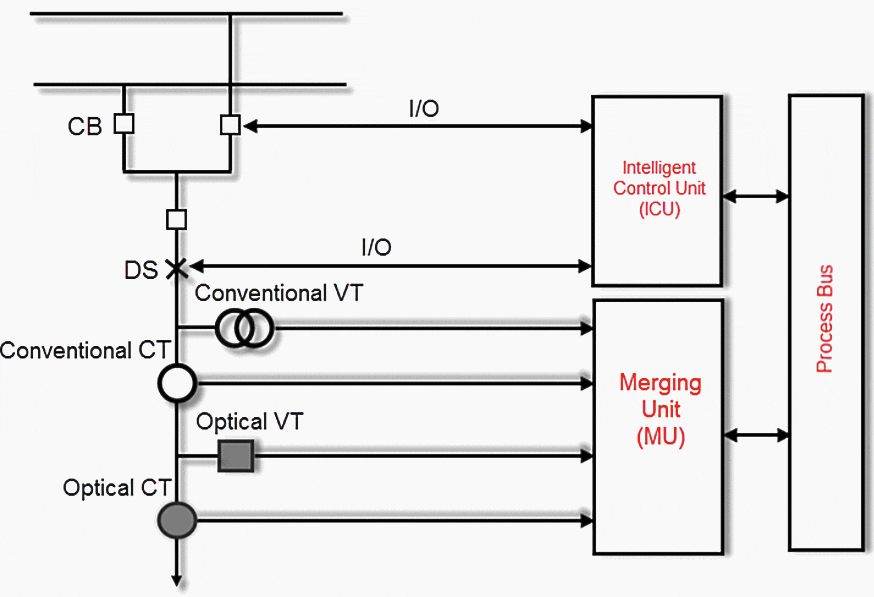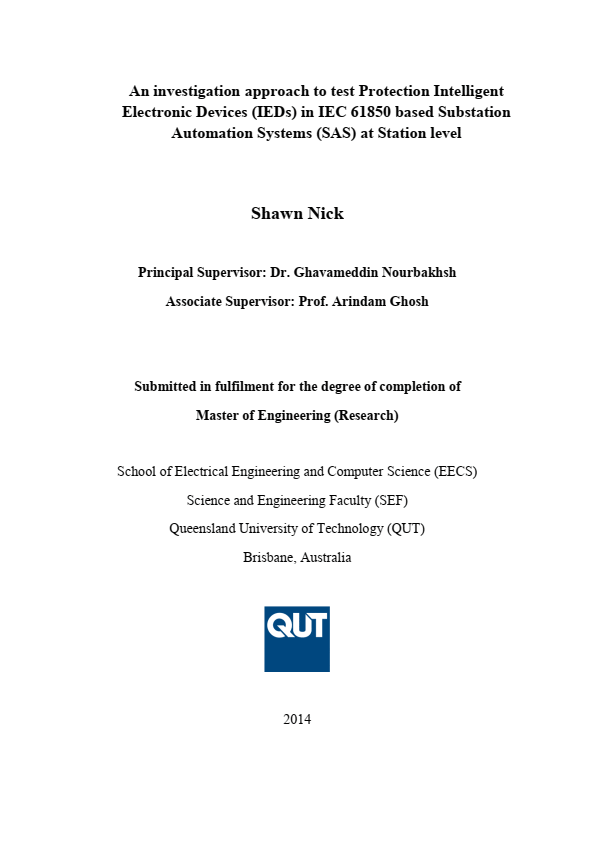How the IEDs communicate to each other
The primary aim of this research was to gain a greater understanding of how the IEDs communicate to each other on the station level in a substation automation system (SAS). This was achieved through a testing practice of a native IEC 61850 protection relay and a non-conventional test equipment.

By using a third party network analyzer software, the GOOSE messages transferring on the station level were captured and analyzed to give a better understanding of what is going on in the backstage of the IEDs in an automated substation.
From now on, utilities need to have sufficient knowledge of how IEC 61850 protection systems operate as it is essential for ongoing maintenance of the substations. Testing the nonconventional protection relays is still a challenge for testing Engineers / technicians as there is not enough knowledge in this field.
This would be very dangerous as any wrong selection in relay or testing programs might cause a wrong circuit breaker operation or relay is not commissioned properly.
Architecture of substation automation
Every Substation Automation System (SAS) has a hierarchical structure and IEC 61850 defines three typical levels for communication and application functions. Station Level includes Human Machine Interface (HMI), station computers and Gateway (GW). The functions related to this level are communicating over a dedicated network called Station Bus.
Some station level functions are replacing conventional hard-wires carrying binary information between IEDs. Some other functions are acting as interface between SAS to the station HMI and SCADA.
Bay Level includes Protection, control and measurement IEDs. The functions related to this level communicate within the bay level (i.e. exchange information between IEDs), to Process level (via Process Bus) and to station level (via Station Bus).
Process Level includes primary equipment in the substation such as Current and voltage transformers (CTs and VTs) and Circuit Breakers (CBs). The functions related to this level are replacing analog signals from CTs and VTs with digital values.
These functions communicate over a dedicated network called ‘Process Bus’.
Conventional CT/VT may also be connected to the MU. In this case A/D convertors digitalize the analog signals at agreed sample rate according to IEC 61850-9-2 LE (Lite Edition).
IEC 61850 addresses process level requirements by the concept of Sampled Measured Value (SMV) services in part 9-2 of the standard.
However, the standard has left the exact details of using sampled values to the manufacturers. In order to provide a simple interoperability between different vendors, UCA (Utility Communications Architecture International Users Group) has introduced two different sampling rates for the Merging Unit in Implementation Guideline 9-2LE (Lite Edition).

For basic protection and monitoring applications, the base sample rate of 80 sample per cycle is used (4 kHz for 50 Hz power systems). A high frequency sampling rate of 256 samples per cycle (12.8 kHz) may also be used for high-frequency applications such as Digital Fault Recording (DFR) and Power Quality (PQ) analysis applications.
Binary values such as state information of circuit breakers (CBs) and Disconnector Switches (DS) are collected by a device called ‘Intelligent Control Unit’ (ICU) and transmitted to various IEDs at bay level via Process bus.
ICU also receives trip and close commands from the Bay level IEDs and distributes them to HV switchgears. The ICU might be part of a MU as an embedded module.
The basic concept of Process level is shown in Figure 1 above.
| Title: | Testing protection IEDs in IEC 61850 based substation automation systems at station level – Shawn Nick at School of Electrical Engineering and Computer Science (EECS), Science and Engineering Faculty (SEF), Queensland University of Technology (QUT), Brisbane, Australia |
| Format: | |
| Size: | 4.70 MB |
| Pages: | 121 |
| Download: | Right here | Video Courses | Membership | Download Updates |



Muy buena información, la cual sirve para catedra de subestaciones